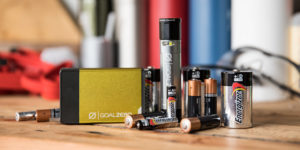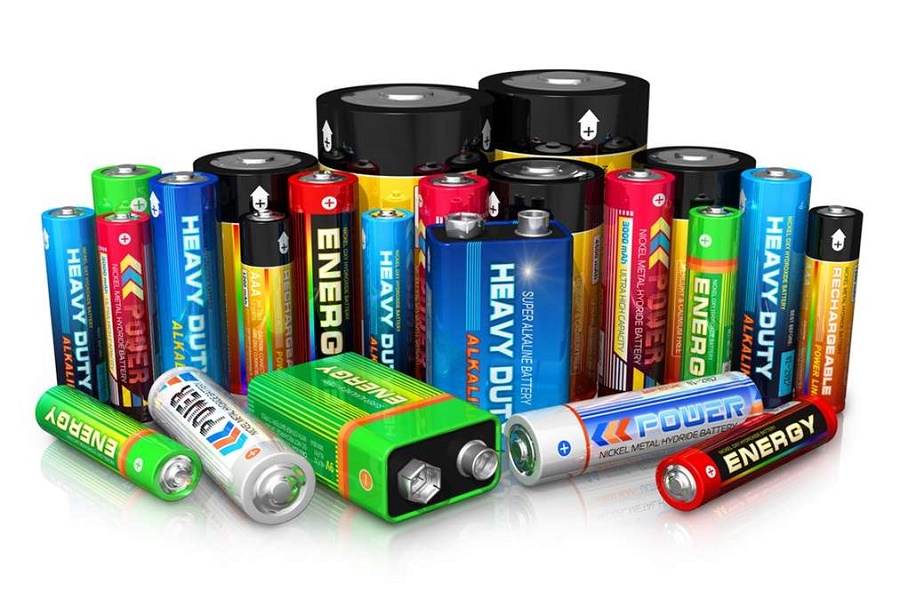
More often than not, the only power source you’ll need while camping are batteries. They can make our trips in nature safer and more enjoyable by powering our flashlights, lanterns, GPS devices, music players and more. And while batteries might seem rather straightforward, if you want to get the best performance for the great outdoors you need to understand a bit about them.
Most people think that some kind of alkaline battery would perform fine for a short camping trip and that the other types of batteries are best reserved for enthusiasts such as bikers or hunters who need a superior level of performance from their devices. However, that often isn’t the case, as alkaline batteries are susceptible to damage from humidity, intense heat as well as cold temperatures, or in other words, the conditions you may experience when camping.
So, if you’re planning to stack up on batteries for your next camping trip, I’d suggest getting something that’s a little more reliable than the standard alkaline batteries. When it comes to quality batteries Australia camping enthusiasts recommend going for some kind of rechargeable model. Rechargeable batteries can be recharged over and over again, even up to 500 times or more, which means they offer more value for your money than single-use batteries. So, if you’re going camping frequently, they can be a more cost-efficient choice. What’s more, they also generate less waste. By opting for rechargeable batteries, not only do you save money but you also get to contribute to saving the environment as well.

However, not all rechargeable batteries are equal. If you need to power devices that drain a lot of power such as digital cameras or GPS receivers, it’s recommended to use a Nickel-Metal Hydride (NiMH) battery. These batteries have up to 50% more capacity than most batteries and deliver a more constant rate of energy than most batteries. For instance, a lantern powered by an alkaline battery will start with 100% brightness and then slowly grow dimmer, but with a NiMH battery, the light level will remain the same. This makes them a great choice for flashlights, headlamps and other lighting sources.
Another type of rechargeable batteries Australia consumers can pick is Lithium-ion. They are mostly found in a block form or as a battery-pack rather than the cylindrical shape of AAA, AA, C, or D. These batteries are mostly used for powering electronic devices such as smartphones and GPS watches, but they’re also commonly found in bike lights as well. Although they can resist intense cold, it’s recommended that you do not store them at temperatures below 15.5oC when not in use.

![Slot Car Racing: Getting You Through the Basics Avant Slot 1/32 Mitsubishi Galant VR4 #38 Slot Car [52205]](https://www.tiptopmashable.com.au/wp-content/uploads/2024/09/52205-AVANT-SLOT-MITSUBISHI-GALANT-VR4-YOKOHAMA-38-1-218x150.jpg)













